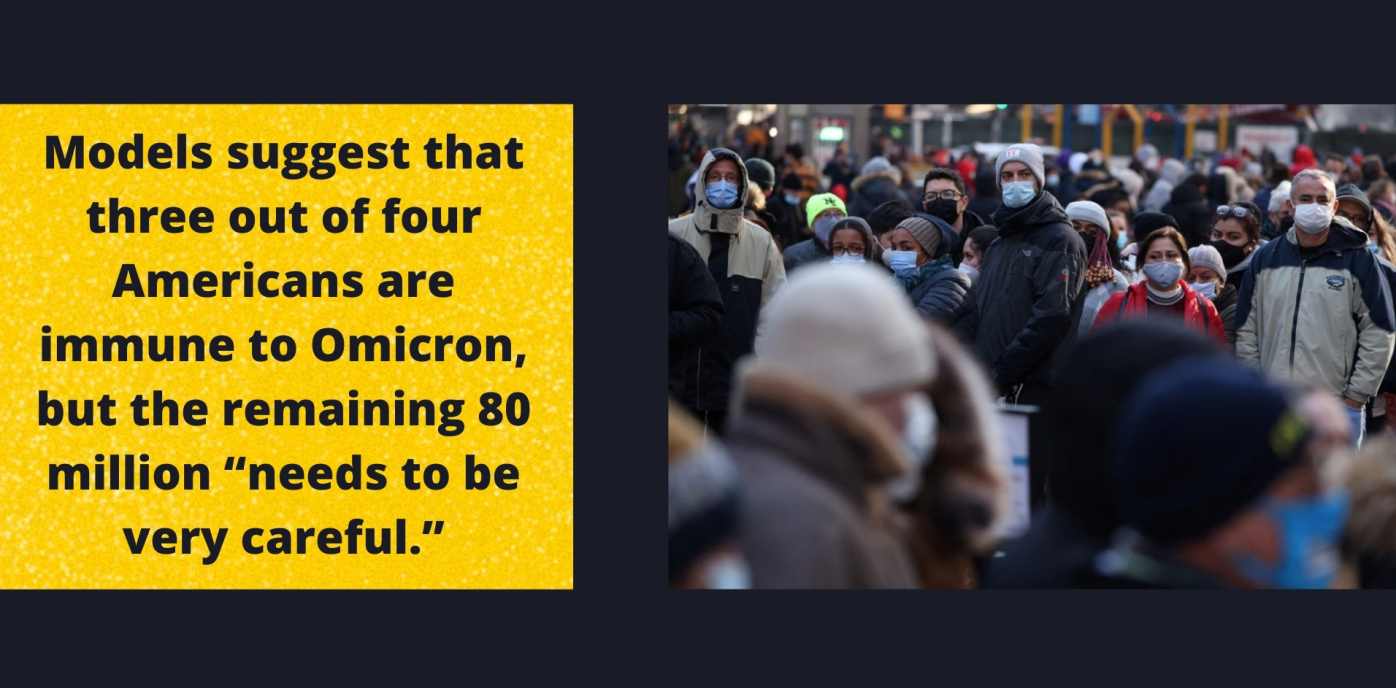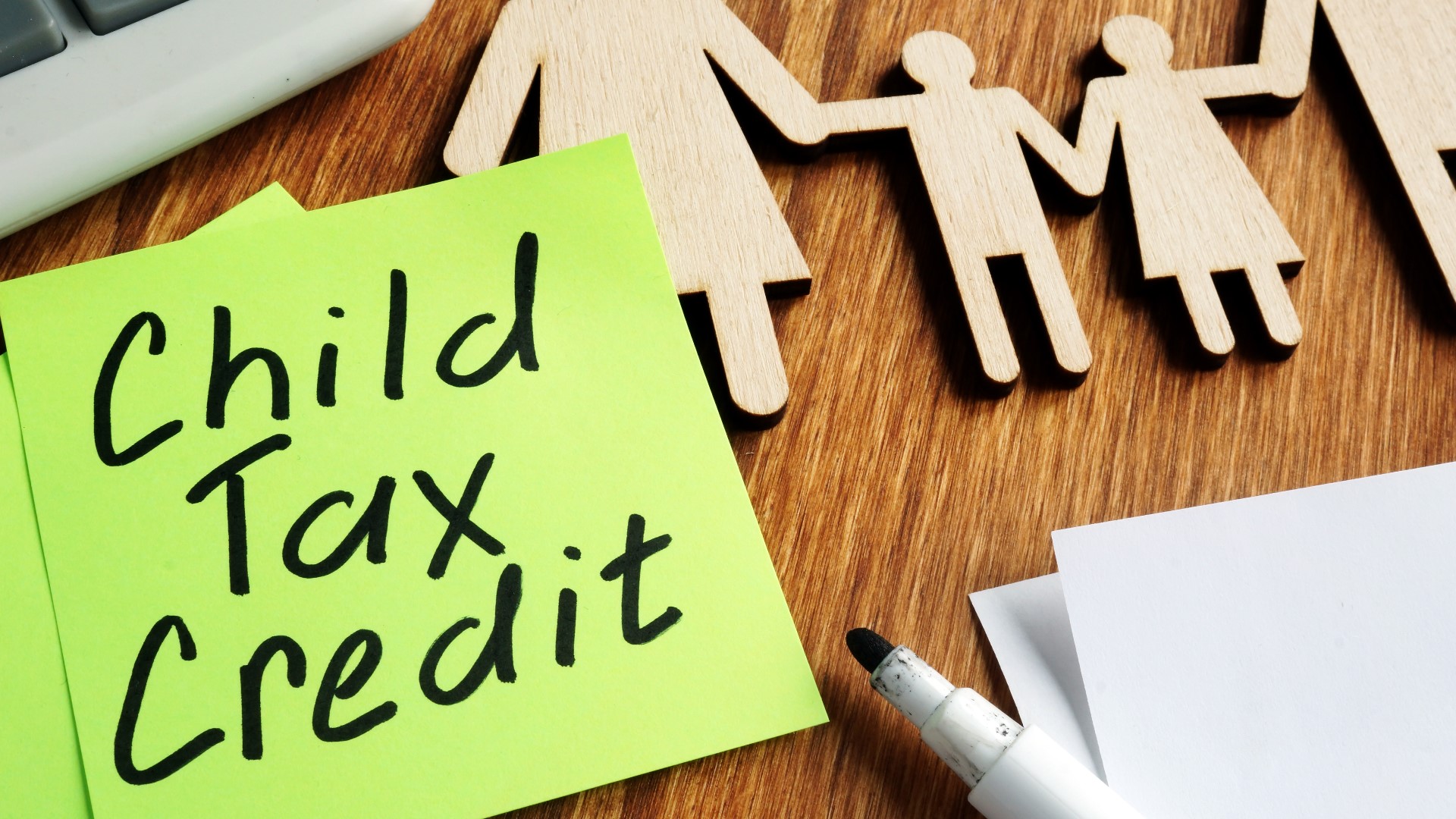According to the University of Washington’s Institute for Health Metrics and Evaluation for The Associated Press, approximately 73 percent of Americans are currently immune to the Omicron coronavirus variant, and that number could rise to 80 percent by mid-March if the highly infectious COVID-19 strain continues to circulate.
Around half of all eligible Americans have received a complete booster vaccination, approximately 80 million COVID-19 infections have been confirmed, and many more illnesses have gone unreported.

According to the Associated Press, the IHME modelers took such figures into consideration and attempted to fill in the gaps by examining health data from nations such as Britain, Denmark, South Africa, and others.
Three-quarters of Americans have some sort of protection, so future rises “will likely require far less — if any — major disturbance to society,” according to the researchers.
“I am optimistic that even if we have a surge in summer cases, hospitalizations and deaths will not increase,” Ali Mokdad, an IHME researcher, told the Associated Press.
Even the most optimistic projections indicate that over 80 million Americans are still at risk of contracting a severe virus, and “the 26 percent of the population who could still contract omicron right now must exercise extreme caution,” Mokdad cautioned.
“Though we’ve improved our position significantly for the upcoming months, we shouldn’t take anything for granted since immunity is eroding.”
However, according to the New York Times, there are more than seven million immunocompromised adults in the United States who will likely never have robust immunity, as well as tens of millions more who have at least one medical condition that puts them at a higher risk of deadly COVID-19 infections.
Their rage has been fuelled by comments made by politicians and public health professionals who, in their opinion, downplay the importance of their lives. ”
Since March 2020, transplant recipients, cancer patients, and other people with impaired immune systems have been “sequestering at home, keeping their children out of school, and delaying medical care rather than risk exposure to the virus,” according to the New York Times.
When they realize that they are entering Year 3 of the pandemic, with public support for precautions plummeting and governors of even the most liberal states moving to repeal mask mandates, they are coping with exhaustion and grief, rooted in the belief that their neighbors and leaders are willing to accept them as collateral damage in the return to normalcy.




